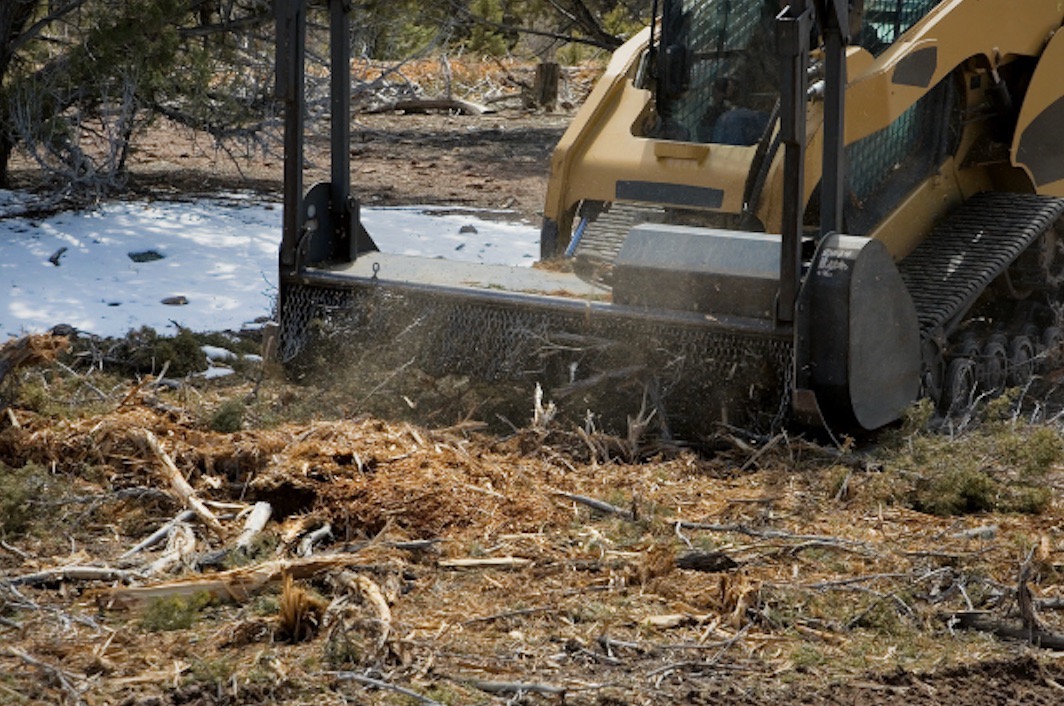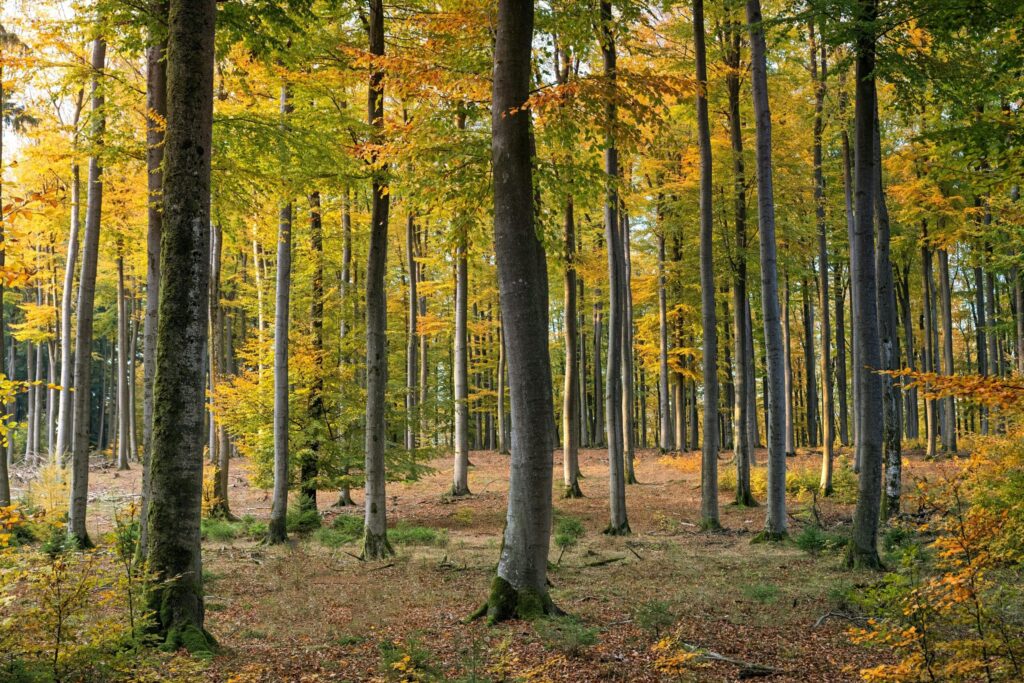Forestry Mulching Services

Midwest Clearcut Land Services
Forestry Mulching in Wisconsin and Illinois
Prevents Erosion
Promotes Plant Growth
Eliminates Overgrown Vegetation
Eco-Friendly Solution
Work With Us
Our process is simple. Get in touch with us, from there we will provide you with a free quote, and before long the job is done!
Get in Touch
Get A Free Quote
We Tackle Your Project

Frequently Asked Questions
When vegetation is ground into mulch, it forms a natural layer that decomposes over time and enriches your soil. This mulch also helps retain moisture, regulate temperature, and prevent erosion, which is especially important in areas with heavy rains or snow melt. By creating healthier soil conditions, forestry mulching not only clears land but also sets it up for long-term success and regrowth.
Yes, forestry mulching is one of the best ways to reduce fire risks by removing thick brush, undergrowth, and dead vegetation that can fuel wildfires. Instead of leaving combustible piles of debris, mulching spreads an even layer of material that is less likely to ignite. This makes your property safer for homes, farms, and recreational use.
Forestry mulching is perfect for clearing trails, hunting lanes, fencelines, overgrown lots, or large wooded areas. It’s also effective for improving access roads, pasture maintenance, and creating space for future development. Whether residential or commercial, forestry mulching provides a versatile and efficient solution that fits a wide range of land management needs.
